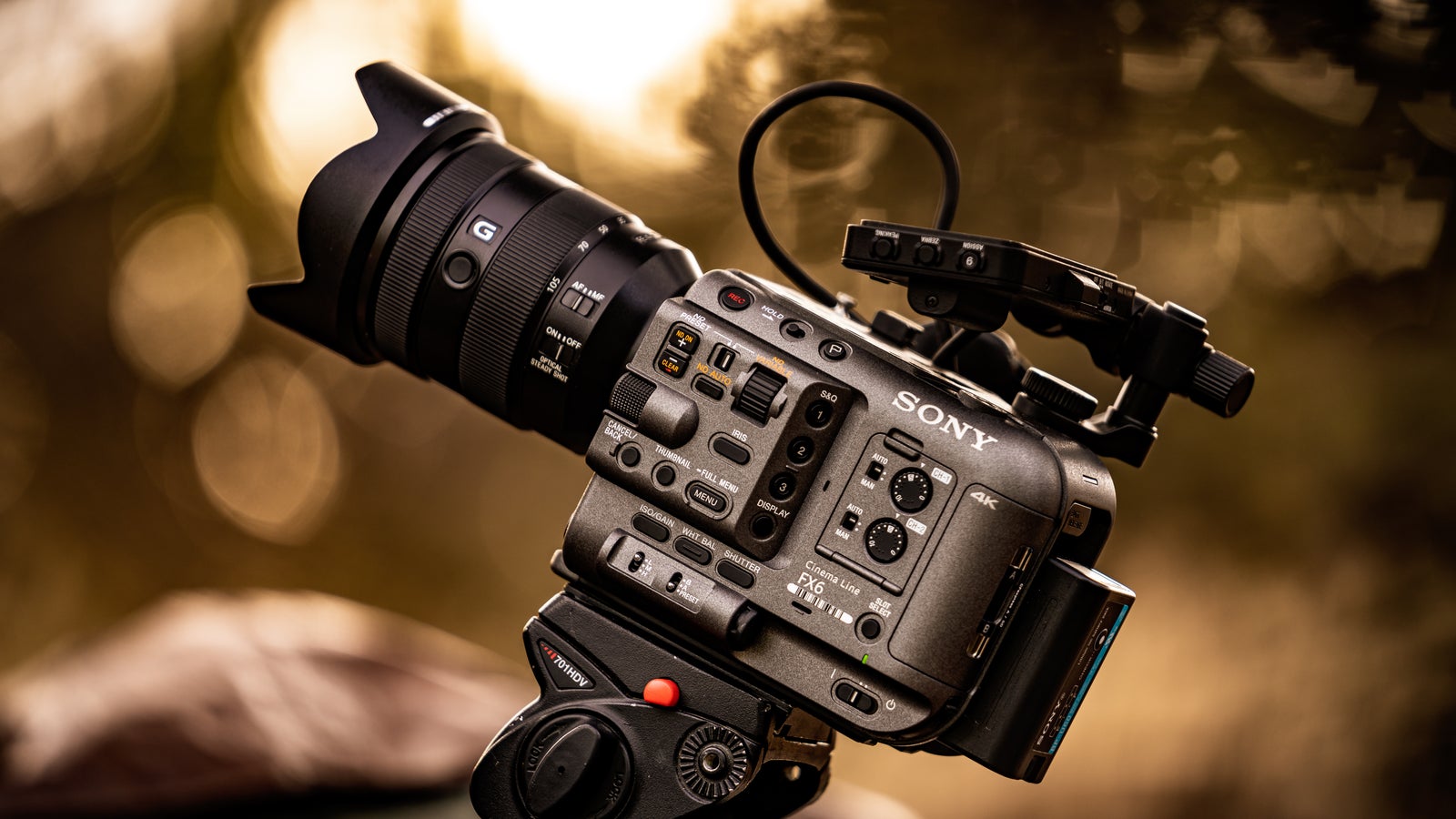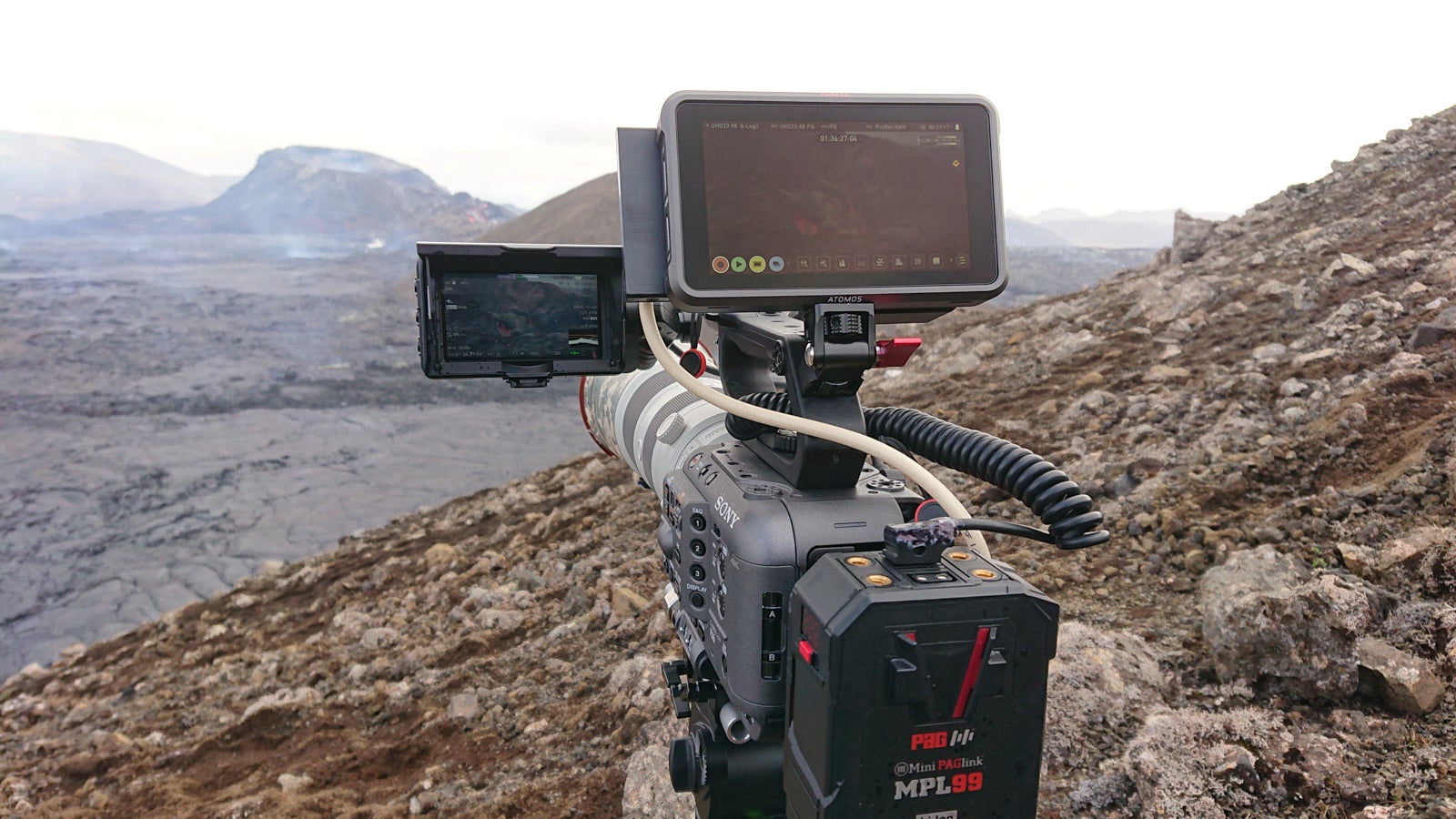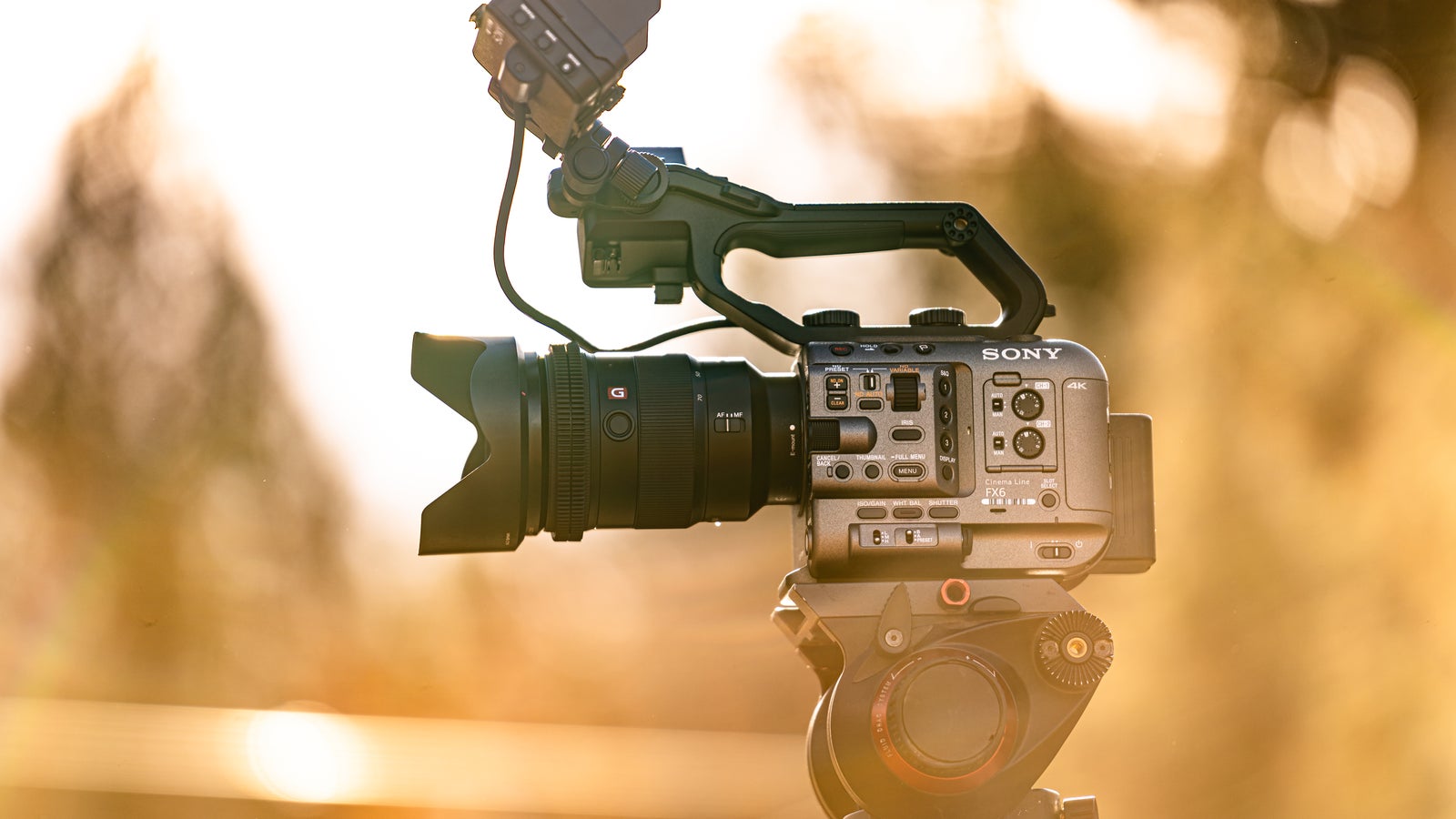
07-10-2024 - Case Study
DP Bryan Miller Reveals The Truth Behind His 20-Year Run On Deadliest Catch
By: Yaroslav Altunin
Nestled between the North Pacific Ocean and the Bering Sea sits Amaknak Island of Alaska. It’s so far north, you are closer to the Arctic than any other US state.
Countless fishermen visit these shores, unloading their hauls at Dutch Harbor, which was made internationally known by the series Deadliest Catch.
After 20 Seasons, the series still continues to uncover unique stories about the fishermen who brave the northern waters, 20-foot waves, and freezing temperatures to make a living.
We spoke with DP Bryan Miller, who after capturing more than 100 episodes for the series, keeps venturing out into the horizon to give a voice to the men of the sea.
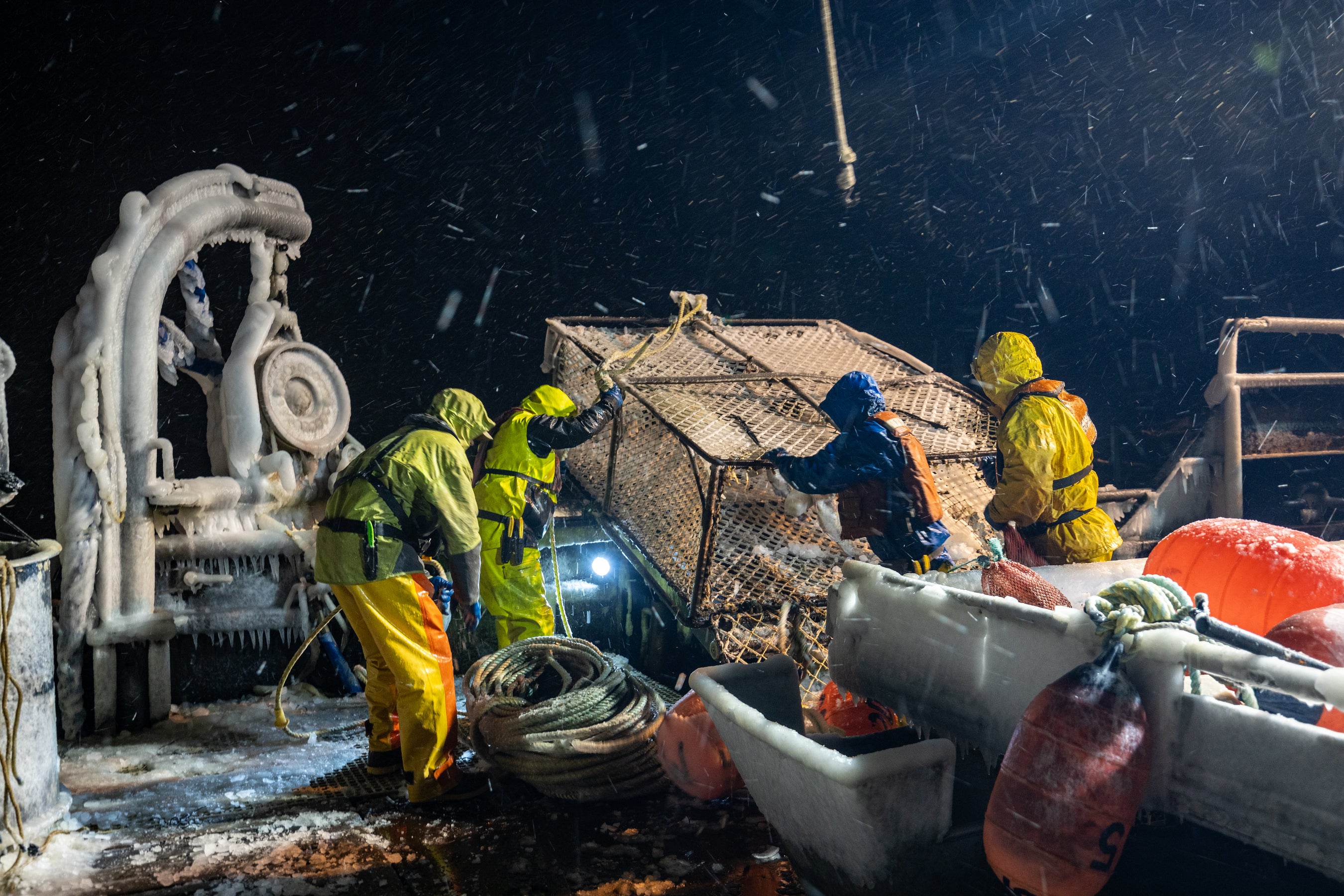
Poseidon’s Domain
Over the course of a season, Deadliest Catch follows over half a dozen boats during their time on the water. Each boat is manned by a captain (sometimes with a co-captain), and several deck hands.
This doesn’t leave much room for the film crew, so no more than two camera operators are allowed on the boat—a producer/operator that stays with the captain in the wheelhouse, and another operator on the deck of the ship.
“There's usually 7 to 9 boats on the show,” Miller explained. “Each boat is its own story and the stories are interconnected, because they do communicate out there.”
“Really you have seven different documentary films going on at the same time.”
But not only is the camera department for the series capturing several documentary films at the same time, they are doing so while battling harsh weather in deadly 20-foot waves, and sometimes, even in the dark.

The Tools to Weather The Storm
The creatives at Deadliest Catch have utilized many different cameras systems over the course of the show. But with recent seasons, a refined toolkit has emerged that not only supports the team in unique ways, but evolves the look of the show thanks to its feature set.
Deadliest Catch is filmed using two Sony FX6 cameras that are manned by the two operators on each boat. To make sure they always have footage of the captain, the camera team uses a Sony FX3 that is rigged inside the wheel house, and if there is a co-captain, an additional FX3 is brought in.
“The camera with the wheelhouse is a Sony FX6 and the camera down on deck is a Sony FX6,” Miller said. “There's also captain cameras (the FX3s) that are up in the wheelhouse.”
“And that camera is recording the captain 24/7,” Miller continued. “Anything he says or does is recorded on that camera. And sometimes there's co-captains, so there's dual FX3s mounted.”
To capture closeups and other important elements, a wide range of action cameras are also peppered all around to boat.
But first and foremost, the camera teams aboard these fishing boats must think about safety. Each ship functions like a miniature factory—catching, processing, and storing the fish until the boat returns to harbor.
“It's like a factory floor out in 20-foot waves,” Miller said. “You have to imagine a hockey rink that you're working on.” The mix of sea water and fish makes the deck a slippery working surface.
“And in addition to that, you have pots that weigh 1,000 pounds that are swinging over your head.”
With an ENG-style camera, an operator’s attention would be focused into the eye piece and not on their surroundings. The FX6 on the other hand, offers the image quality the show needs, as well as the ergonomics Miller requires to stay safe.
“You can't have an ENG shoulder mounted camera and your face in an eye piece. You would literally get killed in a matter of hours,” Miller explained. “A handheld camera that you can hold in two hands in front of you and look in an LCD screen or a monitor, is really the ideal situation.”
“Something that’s light, something that meets broadcast quality standards, but that you can move quickly if you need to get out of the way and you can be aware of your environment.”
The Sony FX6 fits all these requirements, even on the deck of the boat. There, the camera is paired with the Sony FE 24-105mm f/4 G OSS zoom lens.
“The deck is lit very well because it is a factory floor,” Miller said. “So you can easily shoot even an 800 ISO on an f/4 wide open and get a great image.”
This lens is also used with optical stabilization and autofocus, allowing the operator to keep his attention on the composition instead of getting the right focus. While this is unheard of in many other productions, especially in narrative film, Miller has grown to rely on the FX6 autofocus system in such a unique shooting environment.
"We used to really look down on autofocus,” Miller said. “We want it to be very cinematic. But Sony’s technology has moved so far along in the way of autofocus.”
"I can be more aware of my environment knowing that the camera is going to hold focus for me on that face.”
To keep the FX6 waterproof while out in the elements, Miller and his team use a simple solution—a large blue Ziploc bag. Even after trying all sorts of dedicated solutions, putting the camera in a plastic bag was the cheapest and most efficient way to keep the camera dry.
And thanks to a low power draw, the camera is rarely shut off.
“There’s moisture issues [on deck] and those lenses and that camera body hold up amazingly well,” Miller said. “We leave the cameras running all the time, and that's just to heat the bodies and evaporate any water that does get in the system.”

The FX6 Defines The Look of a Series
Since the show started back in 2005, fishing and crabbing laws have changed and the technology used to film Deadliest Catch has changed. Miller, however, has remained on mostly the same boat with the same captain, Sig Hansen.
Over this span of time, the focus has always been on telling the compelling stories of the fishermen of Dutch Harbor. But the visual medium requires a certain level of theatrics. In Miller’s own words, the creatives want the series to be cinematic.
The Sony FX6 and FX3 offer the creative team two features that have actually evolved the look of the series—dual base ISO and slow motion.
Because the boats fish at night as well as during the day, the dual base ISO has been a game changer, allowing Miller and the other operators to shoot at night without compromising image quality. Both the FX3 and FX6 have a base ISO of 800 and a high sensitivity ISO of 12,800.
Being able to shoot at such a high ISO is a huge benefit for us,” Miller said. “Especially up in the wheelhouse where you have a captain that's looking out into complete darkness.”
“He doesn't want a light in his face,” Miller continued. “So there's no real way to light for a camera in the captain's face. But at 12,800, you can put a very tiny light that doesn't affect his night vision.”
While high-frame rate options have been a feature on cameras for years, the FX6 has a one button solution that can switch the cameras frame rate. When this high-frame rate footage is played back at the televised frame rate of 23.98 frames per second, it appears as slow motion, adding to the cinematic creativity of the show.
“I can get into slow and quick motion in one touch of a button,” Miller said. “There's specialty shots that would never been done on another camera because it just takes too long to do. You just don't have time and it’s too dangerous.”
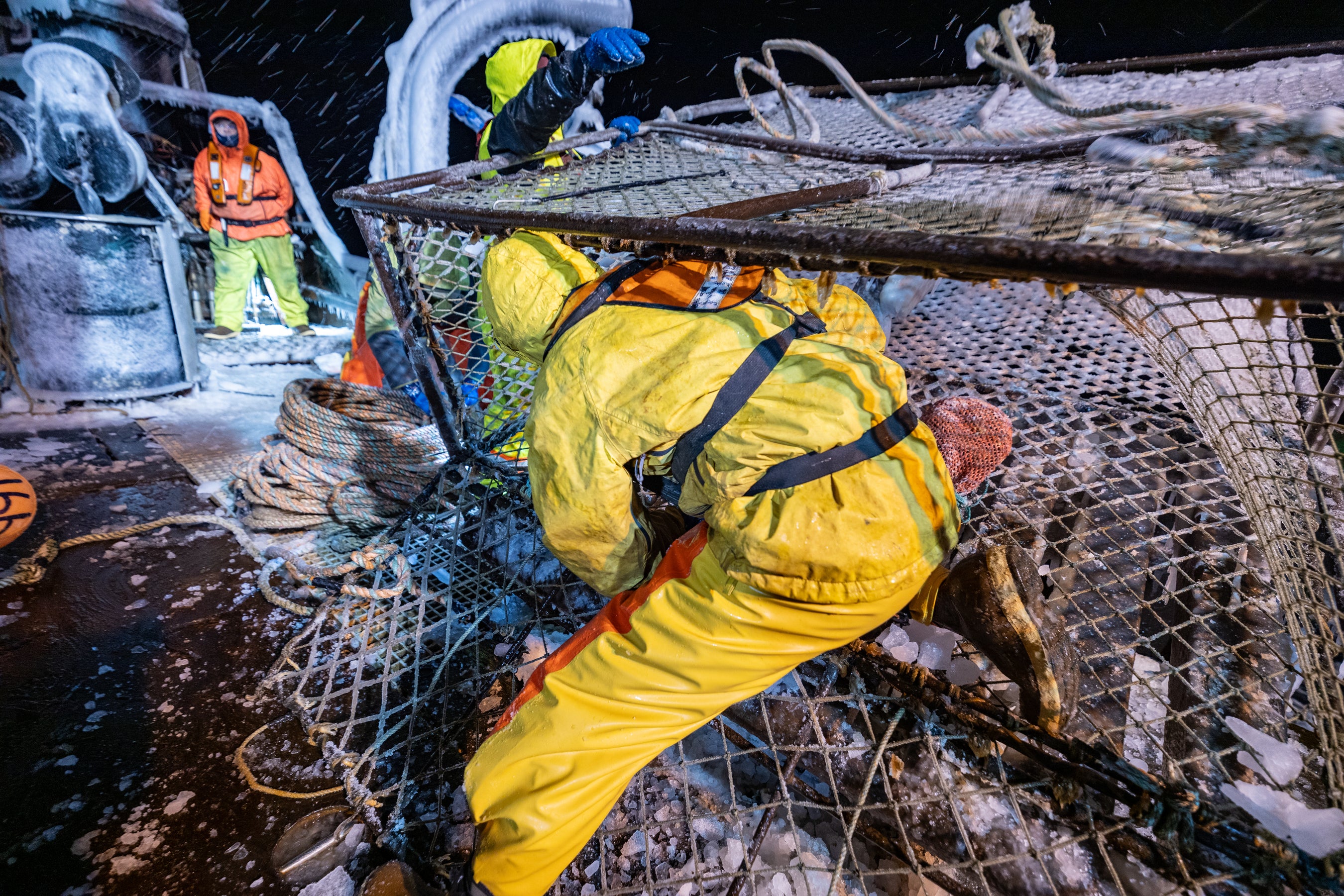
Filming Through Moments of Danger
Working in the waters around Dutch Harbor is a dangerous job. Filming the fishermen comes in at a close second. After 20 Seasons, both the camera operators and the men working the boats have seen their share of difficult moments. Moments that create the stories of a blue-collar workforce we would almost never hear about if it wasn’t for Deadliest Catch.
Making sure these stories are told requires tools you can rely on. The camera operators from this series know they can focus on their safety while capturing a critical moment and not have to worry about buttons, focus, or image quality.
“I was shooting on the FX6 where we got stuck in the harbor in Saint Paul,” Miller said. “I was with the Summer Bay and we got sideways to the waves—20ft waves—right outside of the entry of the harbor.”
“I'm filming waves coming at the boat, and then the boat completely turns on its side 90 degrees and there’s water coming in the window,” Miller continued. “I told my shooter to get off the deck for safety and he was hanging onto the chair in the co-captain's chair and his legs are dangling down.”
“The boat rights again and I pop back up and the camera worked flawlessly. I didn't have to think about it. I didn't have to think about ‘how do I operate it’ or ‘what do I need to change in the settings.’”
“Everything is just very well placed in this camera.”
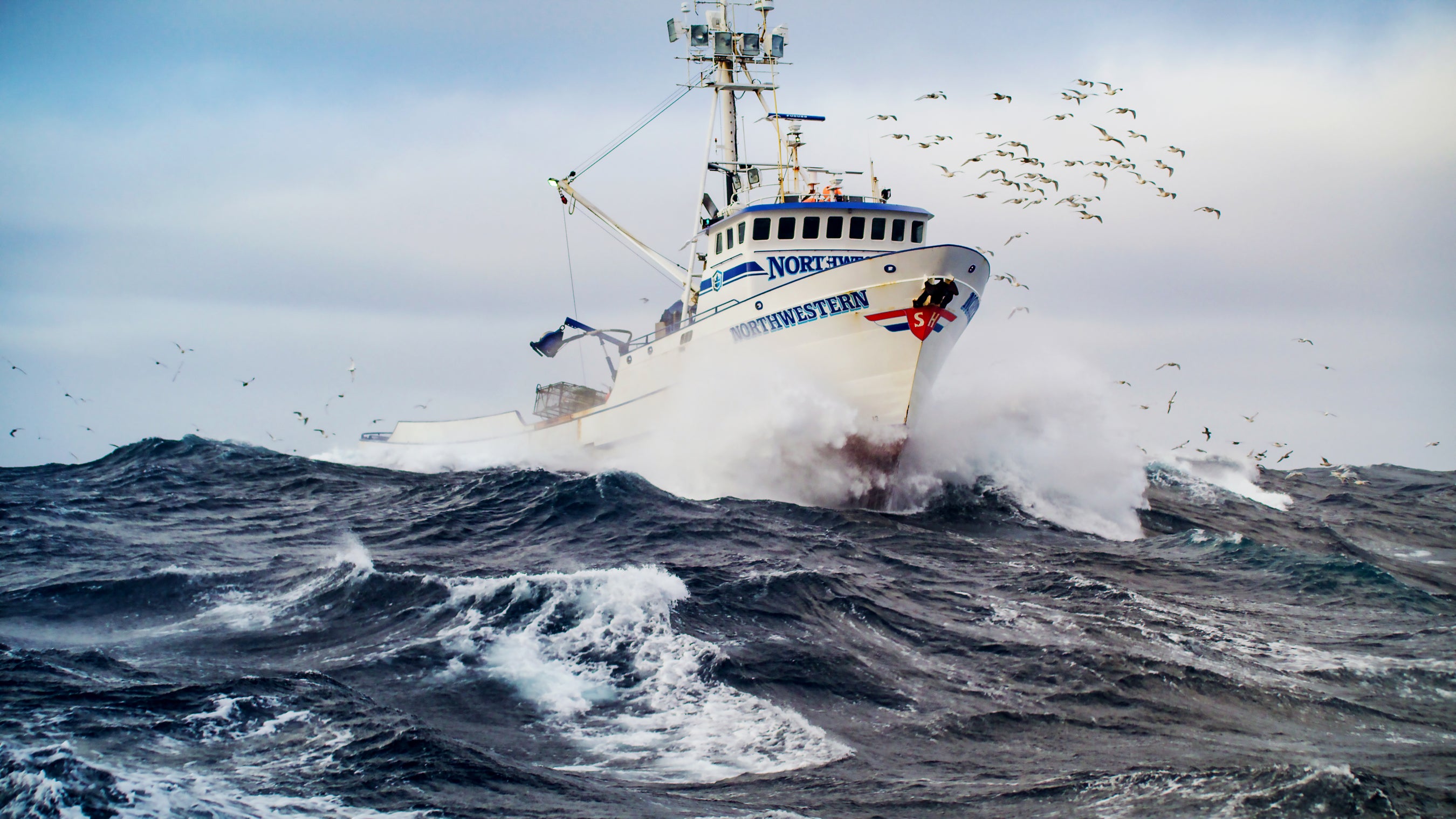
Two Decades of Fishing
What makes Deadliest Catch such a hot show that has gained international acclaim, is its focus on telling the truth. It is difficult to produce a show on a working fishing boat. This leads to a reality show that does, in fact, show reality.
Deadliest Catch is now in its 20th Season and Miller is preparing to go back out to sea for Season 21. While for him it’s important to have the tools he needs to get the job done, the most important thing will always be telling the stories of those who make a living out on the water.
After so many years, the show has evolved into something more than a job. Miller has watched both moments of tragedy and moments of utter joy. He has watched this community lose loved ones and welcome new additions to the family.
“It has been life changing,” Miller shared. "I feel like these guys are family.”
"That's why you do this job. It's for real moments and real stories. And so I'm grateful for that.”

